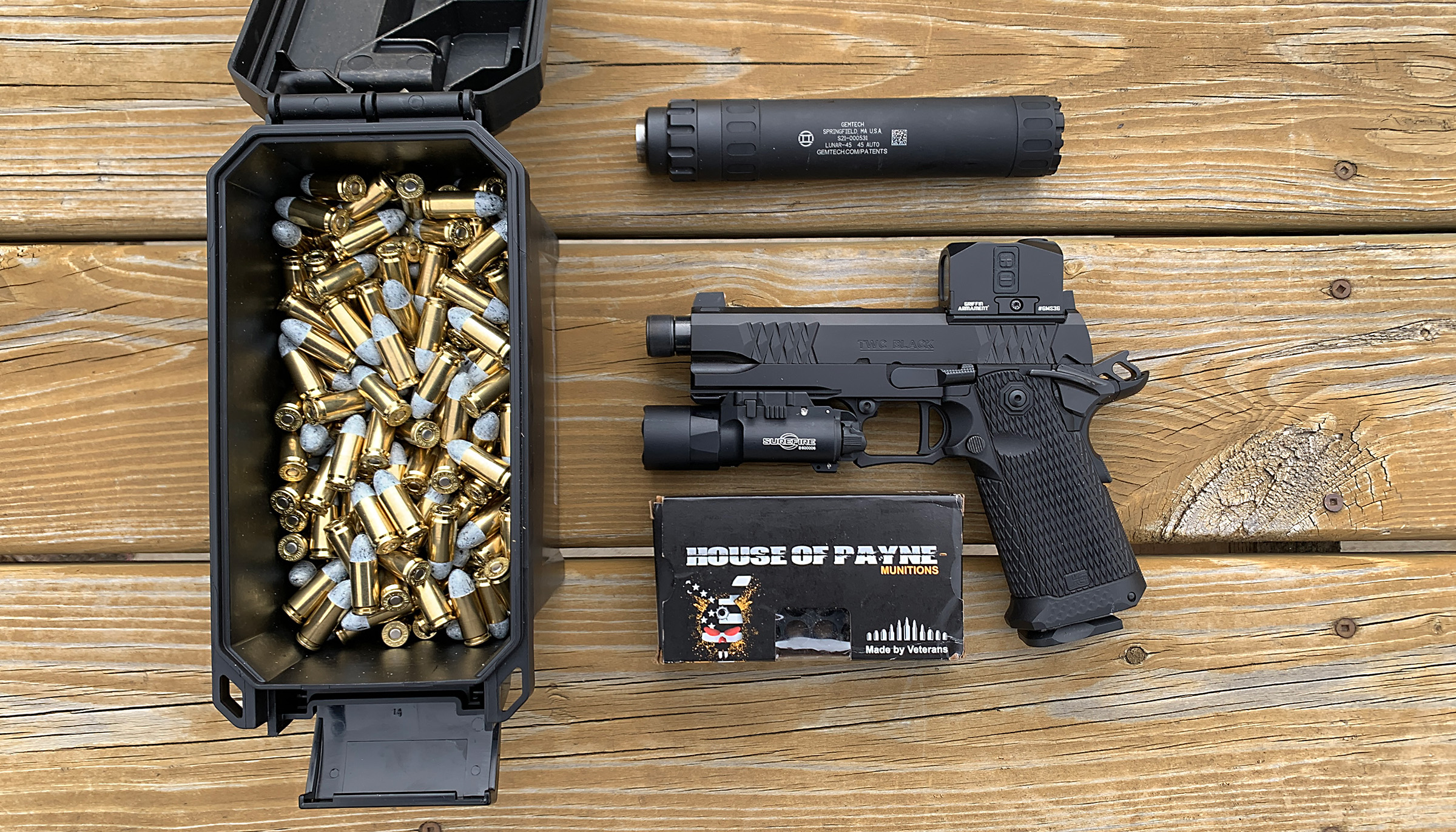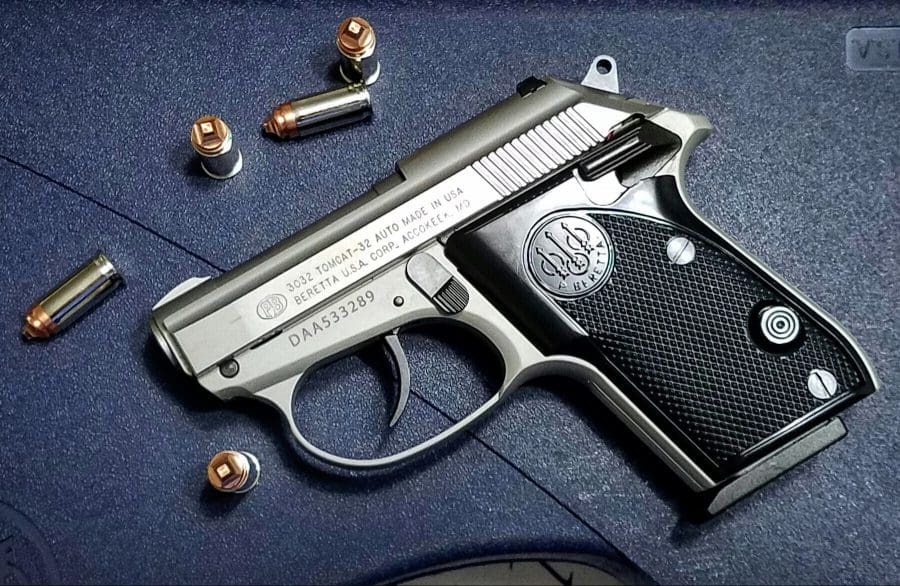My story on shot placement seems to have stirred up a bit of thought provoking conversation about where a speedy bullet should go. Those opposed to my stance on neck shots cite the fact that the head and neck are constantly in motion vs. the mostly stationary chest cavity. I’ll certainly agree that the chest is a larger, more stable target. However, my opposition stems from the possibility of collateral damage to areas surrounding the heart and lungs. You could flinch and pierce the stomach, making for a long, painful death. Much like the 9 mm vs. .45 ACP debate, there will never be a clear winner.
Hopefully, the loyal readers of TTAG spend some time over at chuckhawks.com reading some of the top-notch articles they have in their database. I sometimes wander over to their corner of the internet when I want to burn a few hours and add a little knowledge to my brain.
I happened to be reading Randy Wakeman’s article on Ballistic Reticles only to find him reference “six inch kill point blank range” and find myself completely stumped. I hadn’t heard the term, but thanks to the wonders of high speed internet, I was able to find this article about Maximum Point Blank Range (MPBR).
Essentially, you isolate a vertical range that you find to be an acceptable margin of error. In the Wakerman article, Dave Affleck lists six inches. Affleck is a varmint hunter and therefore goes for 4 inches. Using a ballistic table like the one here, you isolate that vertical threshold, select the range your rifle is sighted at, and find your MPBR.
The theory: at any range less than MPBR, your bullet will fall within the vertical range that you have defined. If we’re going to take a shot, we might as well know what is safe and what is not.
I have one of the free ballistics calculators from Winchester on my iPhone and have taken some screen grabs to illustrate my point.
My ammo of choice: 95-grain 243 Winchester.
Condition Selection. Note the lack of wind and the 200 yard zero.
Data from the shots shows that I could have a five-inch threshold with a 250 yard MPBR. At any distance between zero and 250 yards, the bullet should fall within a five-inch vertical band. Assuming that the average whitetail has a vital zone in the chest of at least 12 inches, I should feel totally comfortable taking a shot at anything under 250 yards. This would allow a healthy margin for less than stable rests, “buck fever,” and the native accuracy limitations of my gun.
So what happens when the wind picks up? Quite a bit actually.
We can see that while the shot might deviate vertically from the point of aim by two inches at 240 yards, it will most likely deviate by more than four inches horizontally.
On a calm day, off a solid rest I should feel plenty comfortable going for a chest shot by lining up the crosshairs and squeezing the trigger. No need to hold high or low. Just squeeze the trigger and go collect my prize. However, when that wind starts picking up, my skill set needs to be exponentially better. I now have quite a bit more deviation to deal with.
My question to you is this. You find yourself with a shot like the one shown here atthe top of this post. Assume that is 275 yards and there is a 10 mph wind blowing from left to right. I’m shooting my trusty .243 with the load referenced above. I have a stable rest. Should I take the shot?













What is the wind speed in the second table?
10 mph. Apologies for not including it.
Considering that I used to mainly hunt with archery gear, from that vantage point I’d be kicking myself for not sitting in that big tree right behind him. I’d also reference your other article, plus stuff I read, plus anecdotal evidence that most bucks shot in Texas are taken at less than 100 yds distance and wait for a closer shot.
Seems like if you are unsure about whether or not you could make the the shot, you should probably wait until you are fairly certain you can.
There’s a reason that old guy is still running around.
Tyler
“You could flinch and pierce the stomach, making for a long, painful death.” – Really? It’s a deer Tyler, not your favorite dog. I always shot for the neck or head if close enough to make it easier to clean and butcher. Don’t want any lead in my sausage.
I’m just saying …
What about hunting at actual point blank range? Create a series of tunnels beneath your favorite feed plot. Through an elaborate system of cameras, trip lasers, and camouflaged man holes, you will be able to pop up within six inches of the target and take it out with a Dirty Harry sized revolver. Or a broadsword.
I recognize that I’m only about 2 years late to this particular party, but from what I understand of MPBR I think your interpretation here is incorrect. The mechanics of a maximum PBR calculation take inputs like your ballistics coefficient, drag function, muzzle velocity, sight height, and target size in determining the longest distance over which you can fire a round while zeroing in at any point along this distance and still strike within your target zone.
However, the MPBR calculation does NOT require you to specify your zero range or sight-in range, because this defeats the entire purpose of the calculation. You are looking for a particular trajectory that maximizes the distance you spend within the target zone you’ve specified, which means that at any given spot along this distance, the strike profile of your bullet on an imaginary target could either be a bit above, below, or at only two points, dead on bullseye. This means that the ideal flight path that maximizes your PBR will likely result in bullets that strike your 200-yard imaginary target at something other than bullseye.
In other words, your job is not to tell the MPBR calculation at what distance you’ve sighted in at. Instead, the MPBR calculation’s job is to tell you what the path of your bullet looks like at any given distance in relation to bullseye up to the MPBR point, given a target size you’ve supplied, and then your job is to mimic what this relationship between bullet & bullseye looks like using the target range you’re actually working with. So if the target you’re practicing with is at 200 yards, MPBR may imply that at that point your bullets should be striking, for example, 1.5″ above bullseye.
ShootersCalculator.com has an MPBR calculator that demonstrates that based on a target size of 5″, sight height, and the cartridge in question, the maximum PBR is more like 280 yards. As it happens, this is coincidentally not way off of your claim of 250 yards, but this is only because your assumed sight-in range of 200 yards happens to be coincidentally close to the calculated far zero-in of 239 yards. If you had chosen a different sight-in of, say, 150 yards, your conclusion would have been even further apart, and the point is that your selected sight-in has nothing to do with the maximum PBR that a round follows in and of itself.
with 243 NO for taking the shot. But for hunting at longer distances Nikon BDC scope and wind meter, and look at the Nikon Spot on calculator and most of all at least 270 with 130 or 140 GN bullet. I prefer a 30 cal and 165 GN and larger for over 300yds
MPBR, “25 yd. Zero” for most bullets shooting between 2400 fps thru 3000 fps. Sounds funny but tis true.
It is also recommended to make 100 yd. correction for the horizontal/windage.
With a 6″ target the 30-30 will shoot as flat as the 7mm Mag, well to a point, 150 yds.
Would I take that shot in the picture? No absolutely not. The cross hairs are to far back and do not appear to be on the “kill zone.”